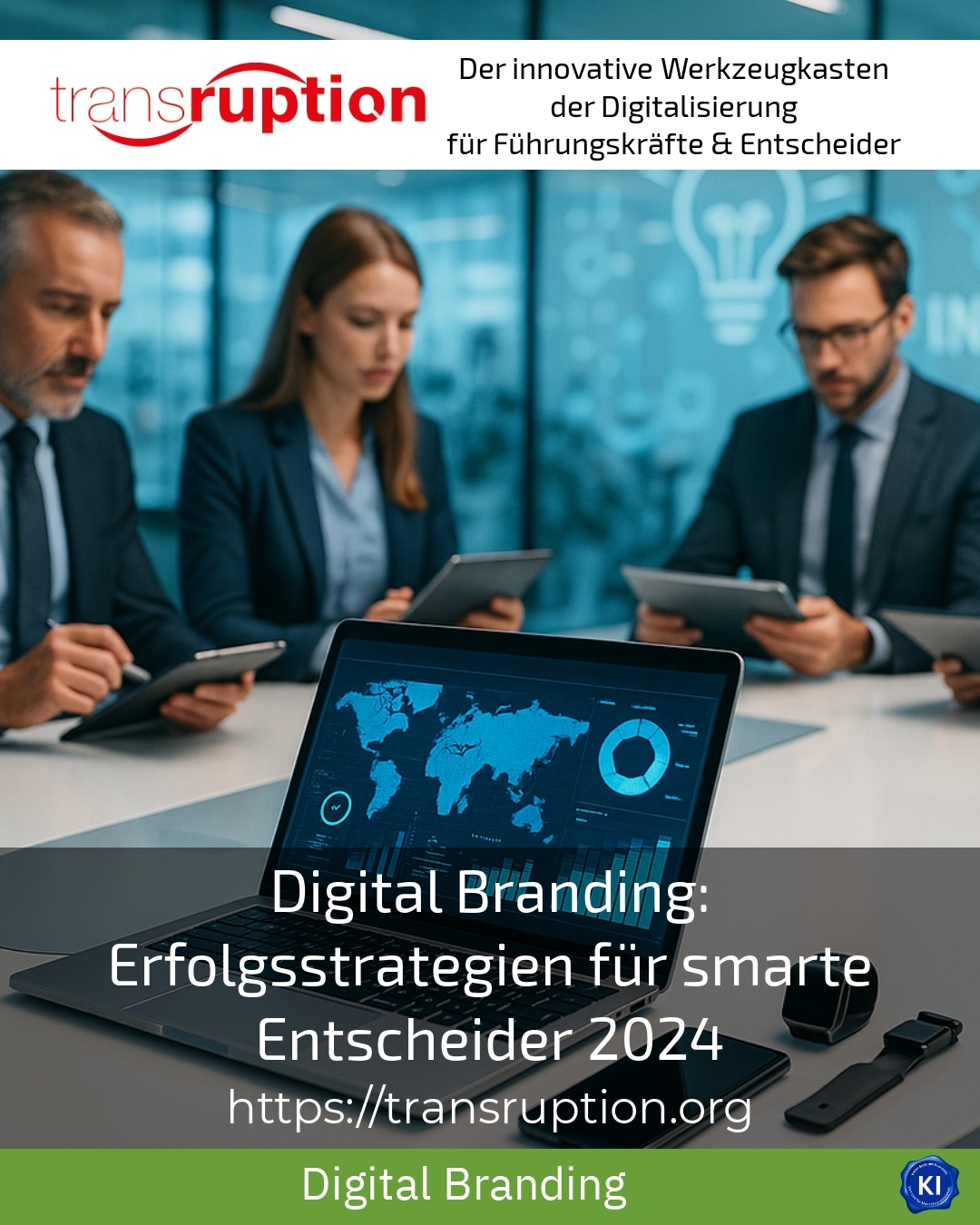3D visualisation has established itself as a key technology for taking product presentations to a whole new level. Thanks to this innovative technology, companies can not only present their products realistically, but also stage them impressively. This allows them to create convincing experiences that inspire customers and promote trust.
Why 3D visualisation is indispensable today
3D visualisation makes it possible to view products virtually from any angle and explore them down to the smallest detail. This advantage is particularly evident with complex products from the electronics or furniture industry. A furniture manufacturer uses 3D models, for example, to present different colour and material variants in a lifelike way. This allows potential buyers to easily compare different types of fabric or designs without having to touch physical samples. The automotive industry also benefits by realistically visualising and customising vehicle models before production.
The 3D visualisation not only supports the visual presentation. Technical details such as circuit diagrams, internal parts or operating functions can be communicated interactively and clearly, which are decisive sales arguments, particularly in the medical technology and mechanical engineering industries.
BEST PRACTICE with one customer (name hidden due to NDA contract)
A manufacturer of high-end electronics used 3D visualisation to develop complex product variants digitally and coordinate them directly with customers. This allowed a wide range of configurations to be shown virtually and feedback to be incorporated immediately, which shortened development times and increased customer satisfaction.
Increased efficiency through early visualisation and cost savings
Traditional product presentations often require expensive prototypes and time-consuming photo shoots. 3D visualisation replaces these cost traps with virtual models that can be easily adapted and used in high quality. In the fashion industry, designers use this method to digitally optimise cuts and colour combinations before a physical sample is produced. This saves material, time and costs by reducing production errors.
Digital visualisation also saves considerable resources in industry. Machine manufacturers present their systems in photorealistic images, which serve as a convincing means of communication not only with customers, but also with investors and partners. Adjustments can be made quickly, for example to present new features or construction variants, without the need for new prototypes or photo shoots.
BEST PRACTICE with one customer (name hidden due to NDA contract)
A furniture supplier significantly reduced development costs through 3D visualisation. Customers were able to participate digitally during the design process and contribute their wishes directly. This eliminated the need for expensive new productions and accelerated the market launch.
How 3D visualisation contributes to better customer loyalty
The interactive possibilities of 3D visualisation offer another major advantage: customers can experience products virtually and configure them individually. In e-commerce, for example, this technology makes it possible to rotate a product in real time, change colours or activate technical features. This promotes understanding and creates a strong emotional connection to the product.
Architects and interior designers use 3D visualisation to clearly illustrate building projects or room concepts. Customers can immediately see how different materials, lighting or furnishings will look. This experience makes decisions easier and significantly increases confidence before making a purchase.
In medical technology, too, 3D presentations make it possible to explain the functions or handling of medical devices in an understandable way. The combination of realism and interactive visualisation makes it easier to communicate complex technologies - a valuable competitive advantage.
BEST PRACTICE with one customer (name hidden due to NDA contract)
A provider of technical medical technology used interactive 3D visualisations to explain the use of its products to specialist retailers and end customers. The comprehensible visualisations and animations increased customer engagement and effectively supported sales.
Practical tips for the use of 3D visualisation
The following approach is recommended for a successful product presentation:
- Define the target group and their information needs right from the start.
- Use 3D models to visualise different variants, product details and functions in an appealing way.
- For complex products, use interactive elements that allow individual exploration.
- Plan the integration of the visualisations into different channels, such as the website, social media or presentations.
- Involve your customers and partners at an early stage in order to implement feedback directly.
These tips support companies in using 3D visualisation to convincingly present extensive product worlds and facilitate decision-making processes.
My analysis
3D visualisation offers a wide range of opportunities to significantly improve product presentations. It enables companies to present products realistically, flexibly and interactively. This allows them to offer customers impressive insights and personalised experiences. At the same time, the technology enables significant cost and time savings, as there is no need for time-consuming prototypes and photo shoots. In many industries - from furniture manufacturing to medical technology - iROI-Coaching supports the optimal integration of 3D visualisation and accompanies projects safely to success. Due to these advantages, 3D visualisation is a valuable tool in an increasingly digital world for sustainably strengthening marketing and sales strategies.
Further links from the text above:
How 3D visualisation revolutionises your product presentation
30 great 3D product presentation & visualisation videos
Why 3D visualisation is a must for product
Top 20 examples of product presentation videos in 2D ...
3D product visualisation - examples, costs & advantages
For more information and if you have any questions, please contact Contact us or read more blog posts on the topic internet Return on Investment - Marketing here.
















